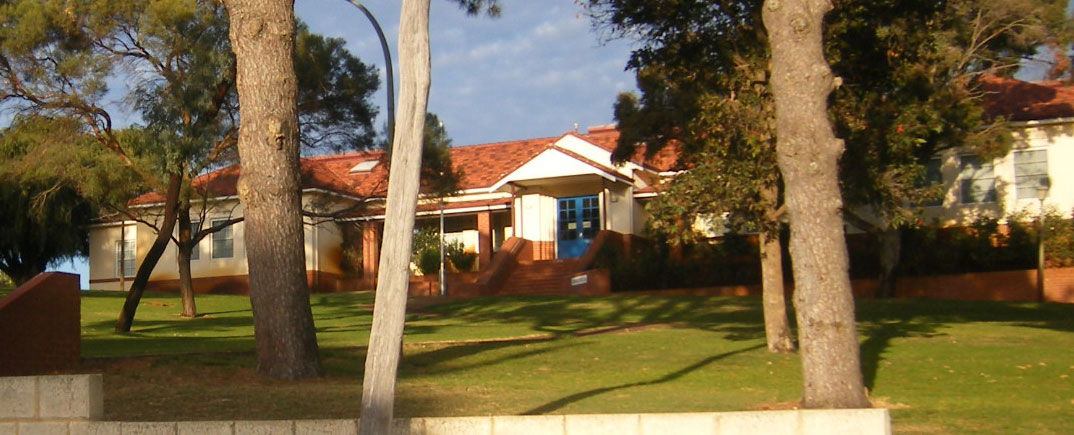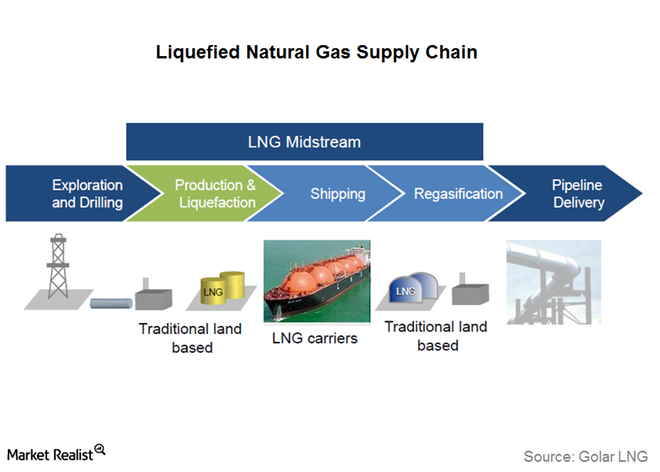
About Kent Street Petroluem (KSP)
Our Western Australian Business Unit (BU) is founded on a skilled and sustainable workforce who value the KSP Way, follow a Code of Conduct which supports Operational Excellence (OE) in all fields and processes of Capital Stewardship and Organizational Capability (CSOC) to ensure best performance so that the Company delivers a superior product to its customers.
KSP BU'sKSP BU’s build strong relationships with their customers to guarantee continued investment in the Company so that milestones are achieved, continued growth is realized through technological developments and most importantly a skilled workforce is professionally developed to satisfy the needs of an evolving Company leader in the Energy Sector.
Our company leaders ensure tha our BU's are structured, well-organised and operated according to economic, political and resource availability limits which accommodate the efficient development of our assets in a professional, safe and profitable manner for the benefit of all Western Australian Communities.Factors which govern the success and development of our BU’s to ensure that our LNG Projects underpin longterm growth:
- Asia- Pacific Energy Demand
- Energy Supply
- Environmental Stewardship
- Technology
- Skill Shortage
- Changing Regulations
- Competition
LNG(Liquefied Natural Gas)
What is LNG?Liquefied natural gas (LNG) is natural gas (predominantly methane, CH4) that has been converted to liquid form for ease of storage or transport. It takes up about 1/600th the volume of natural gas in the gaseous state. It is odorless, colorless, non-toxic and non-corrosive. Hazards include flammability after vaporization into a gaseous state, freezing and asphyxia. The liquefaction process involves removal of certain components, such as dust, acid gases, helium, water, and heavy hydrocarbons, which could cause difficulty downstream. The natural gas is then condensed into a liquid at close to atmospheric pressure by cooling it to approximately −162 °C (−260 °F); maximum transport pressure is set at around 25 kPa (4 psi). A majority of the world's LNG supply comes from countries with large natural gas reserves. These countries include Algeria, Australia, Brunei, Indonesia, Libya, Malaysia, Nigeria, Oman, Qatar, and Trinidad and Tobago.
What is it used for?
Natural gas is the cleanest burning fossil fuel. It produces less emissions and pollutants than either coal or oil. Historically the United States imported LNG to numerous import facilities along the Gulf Coast and on the East Coast, but as shale gas production has grown in numerous U.S. supply basins, many existing and proposed LNG facilities have applied for licenses to export LNG to foreign countries. Since LNG occupies only a fraction (1/600) of the volume of natural gas, and takes up less space, it is more economical to transport across large distances and can be stored in larger quantities. LNG is a price-competitive source of energy that could help meet future economic needs in many foreign countries.
The LNG Value Chain

